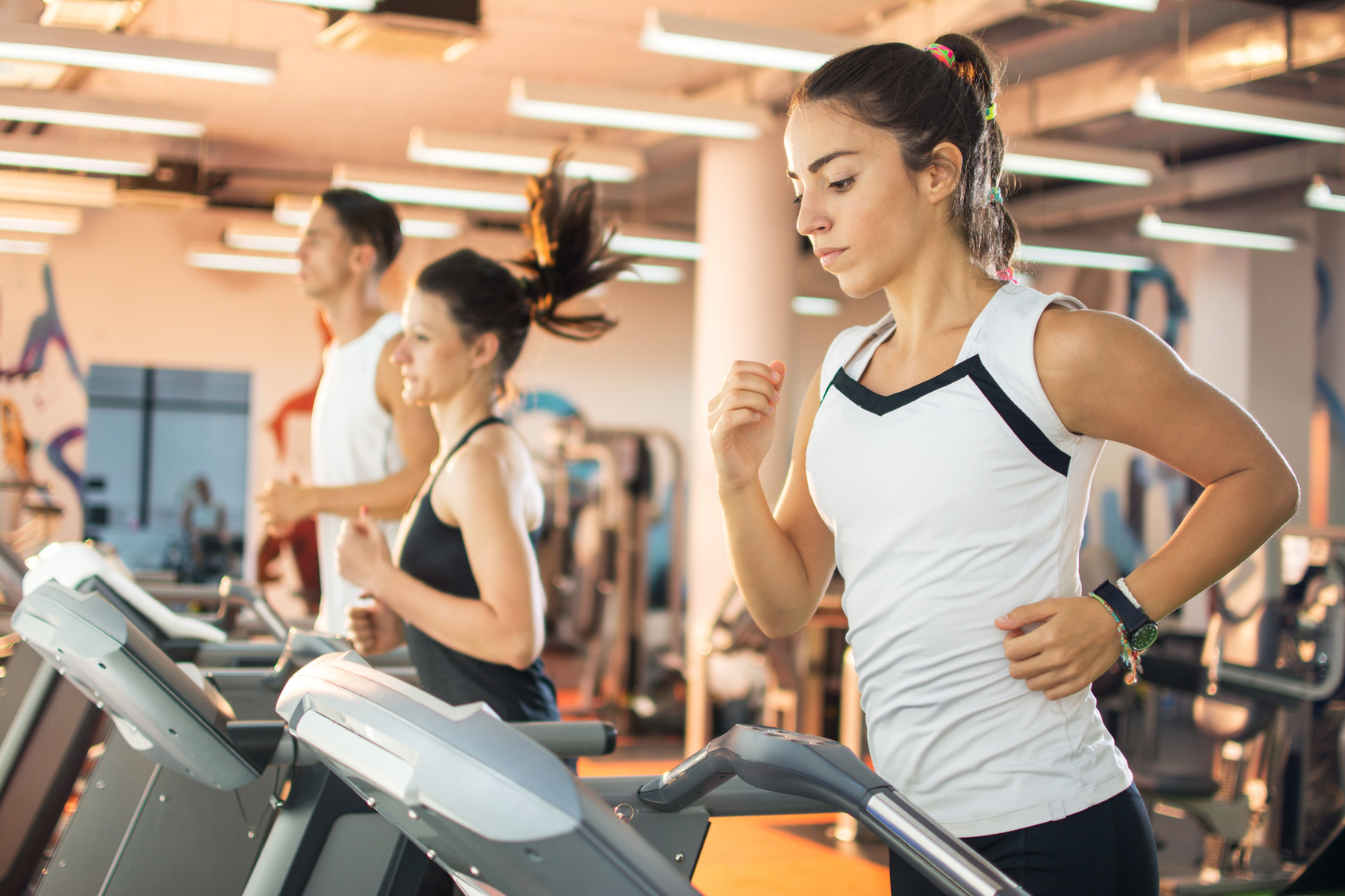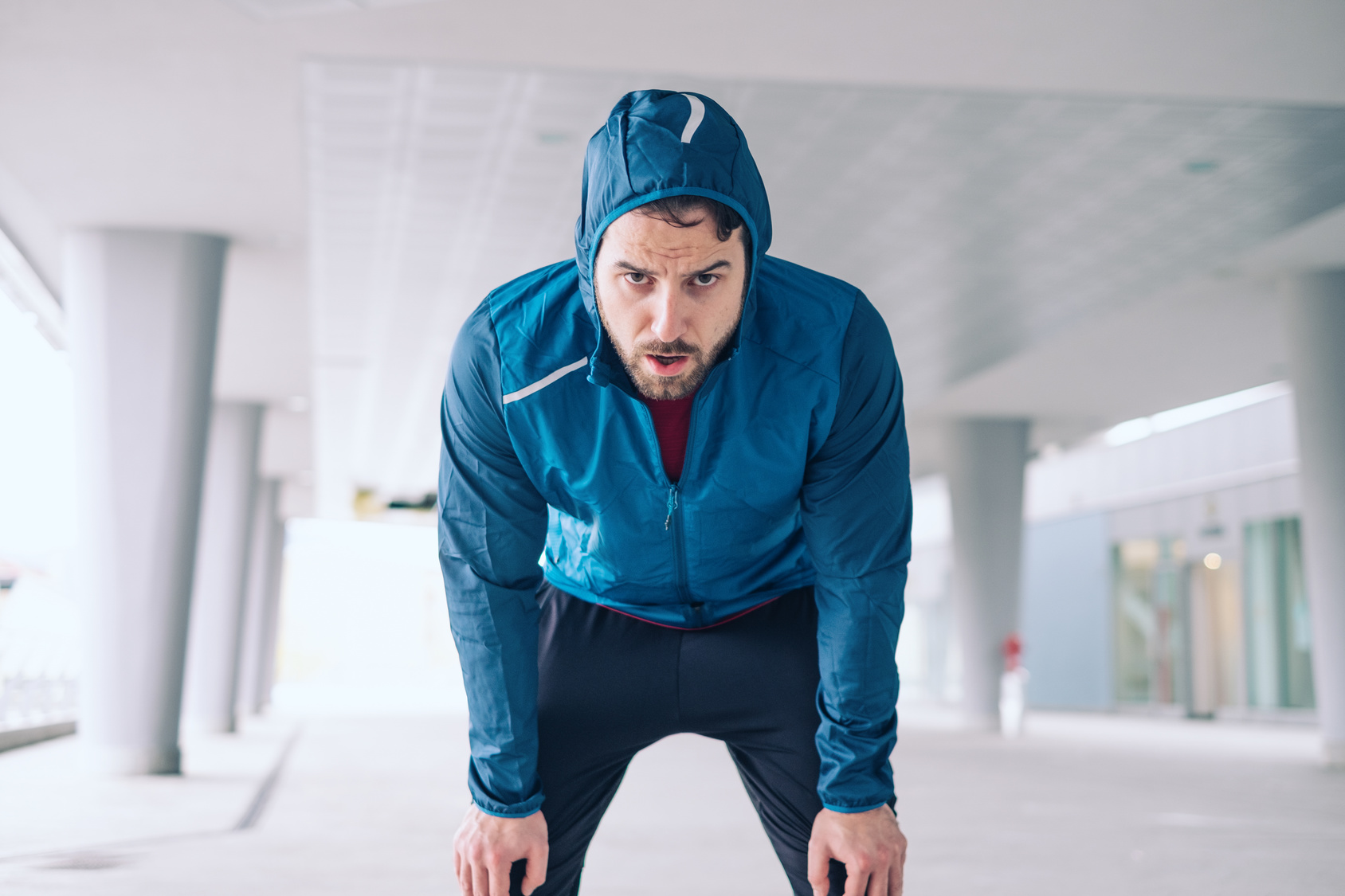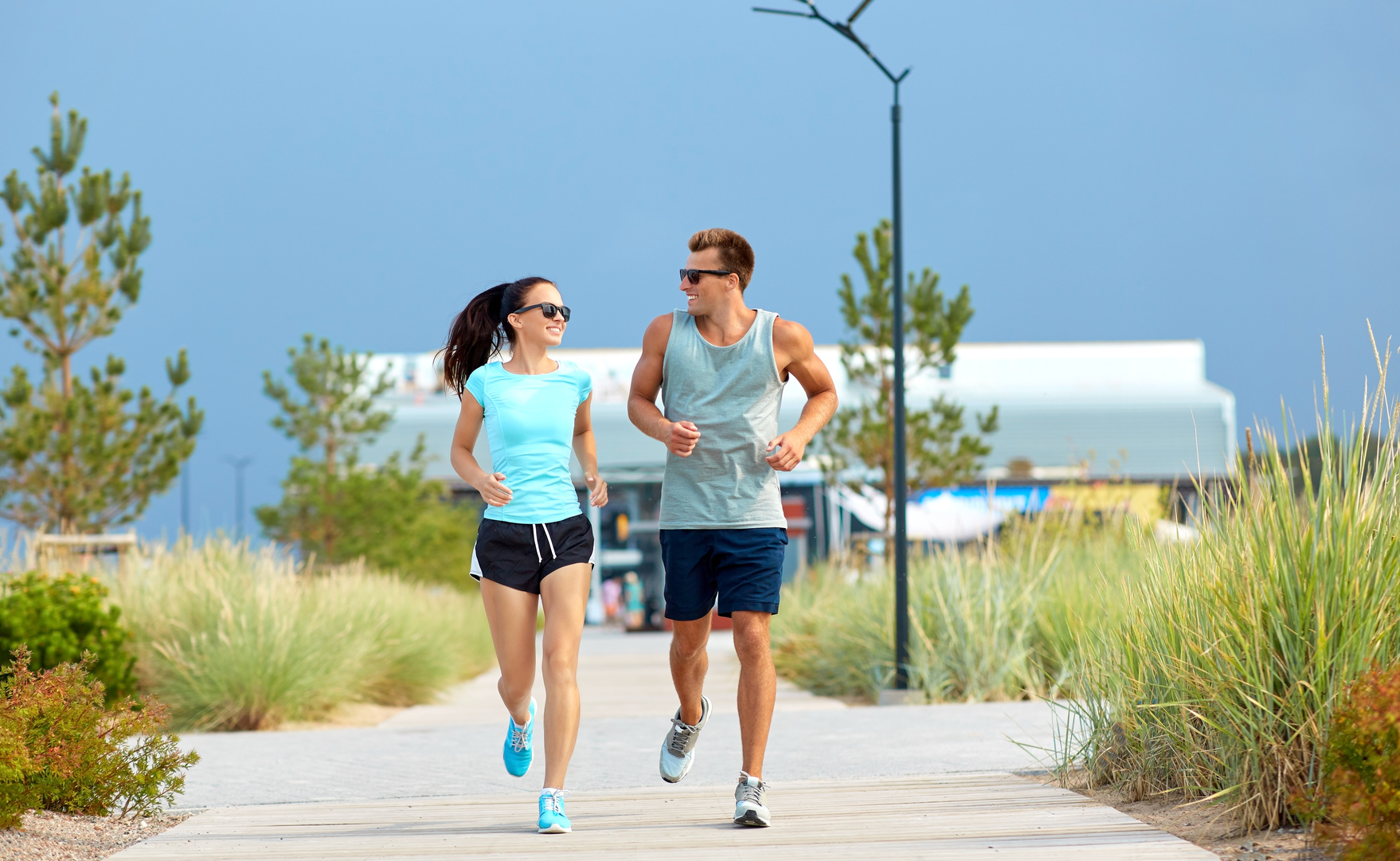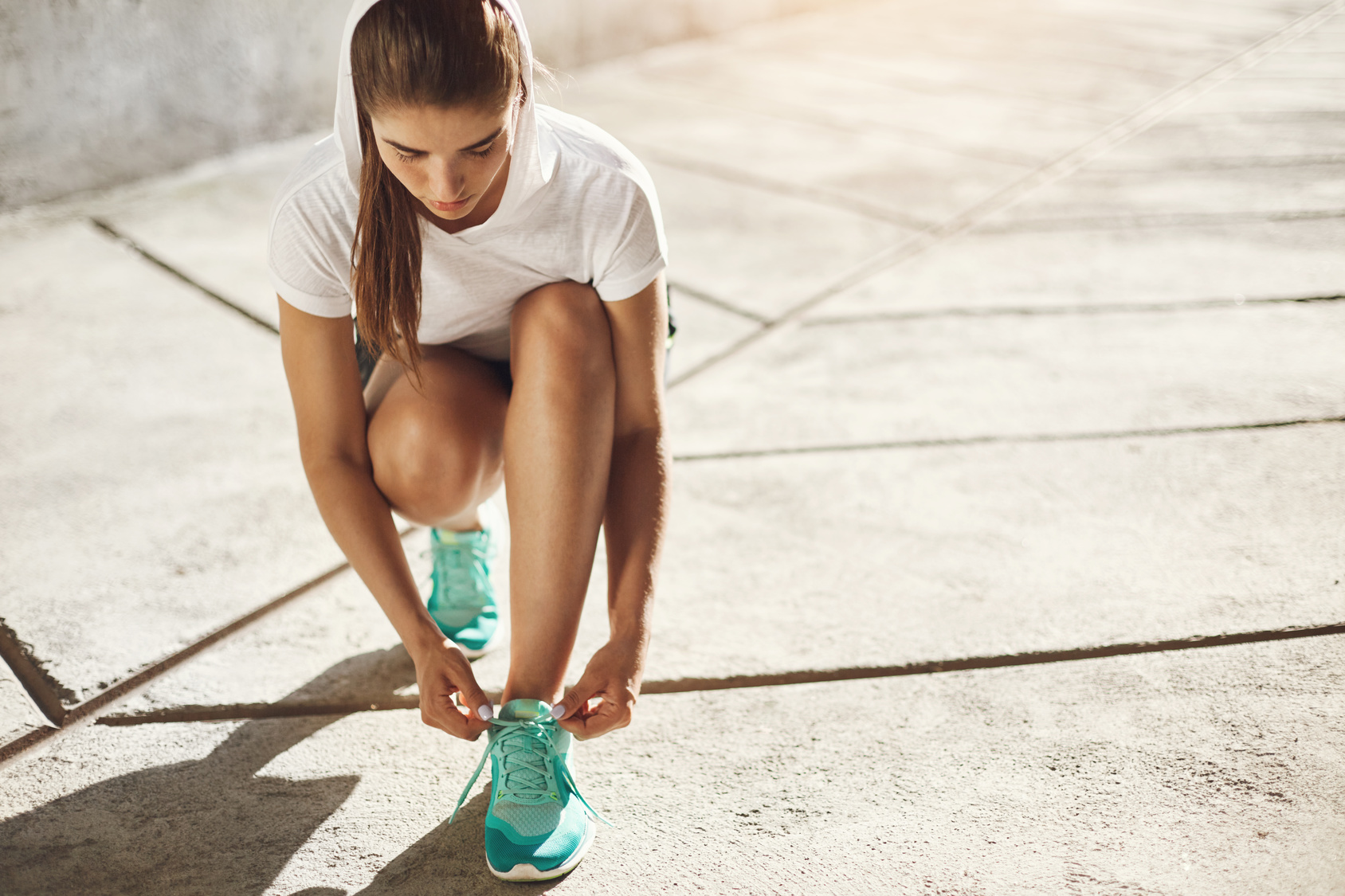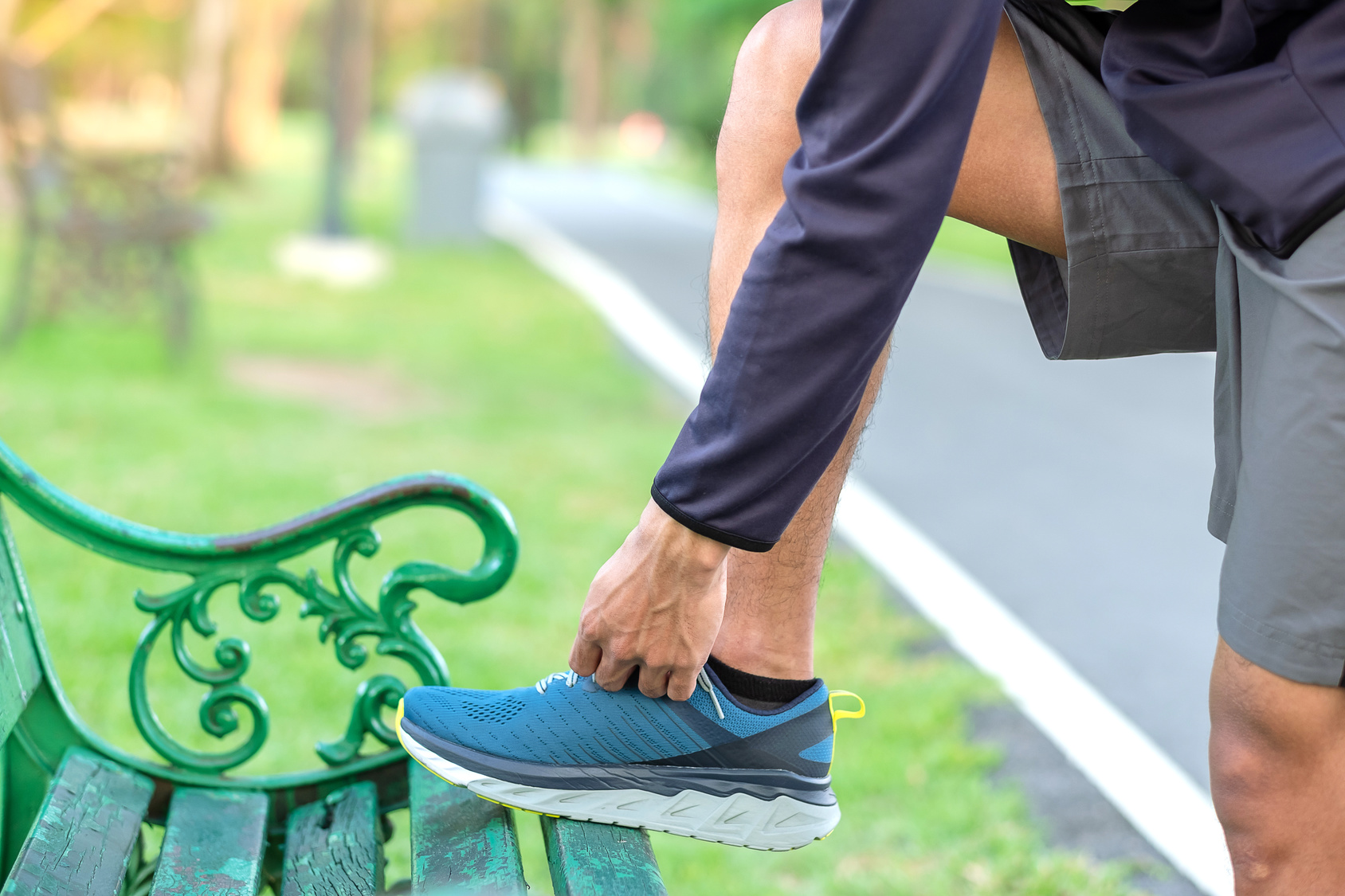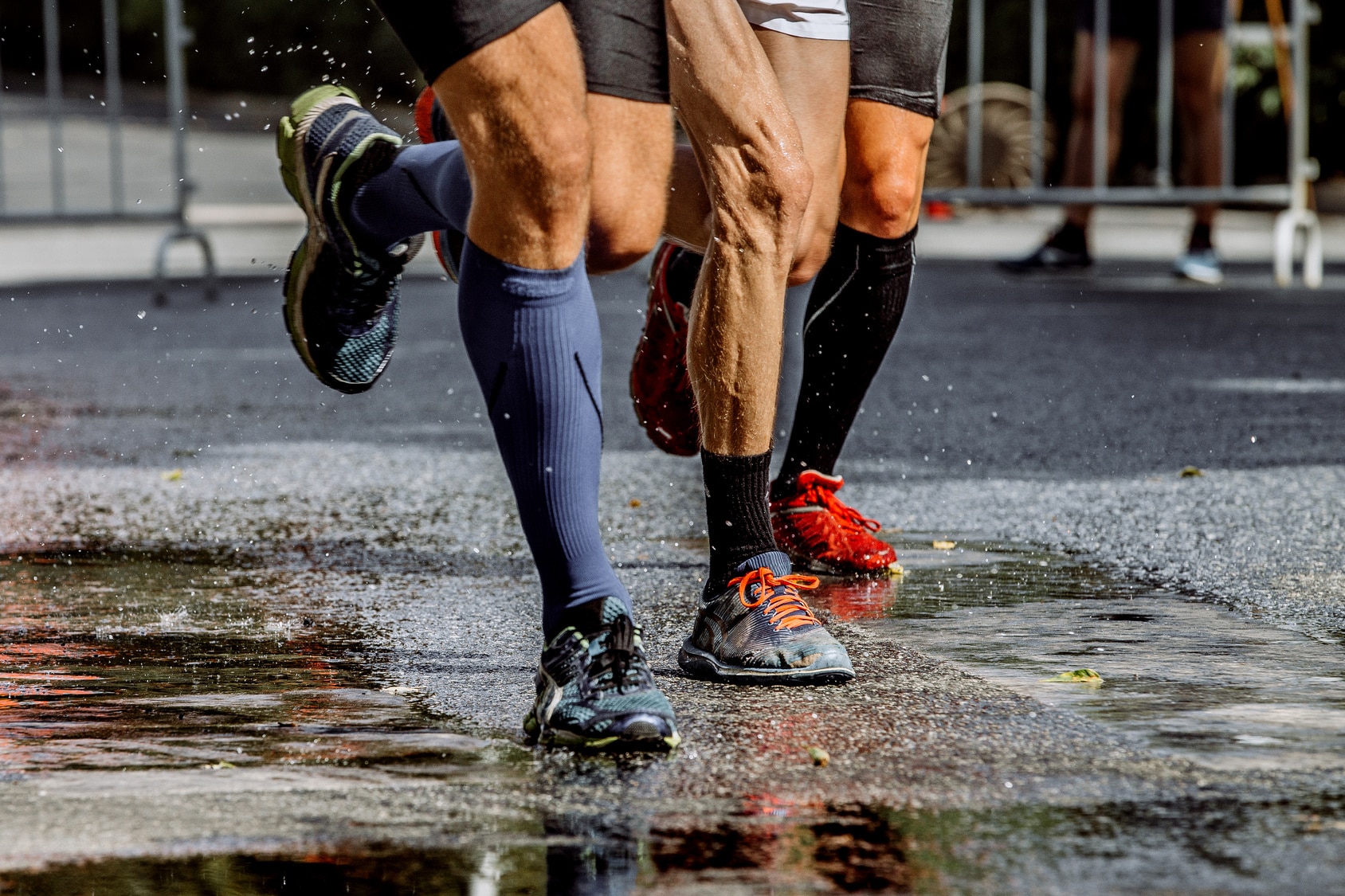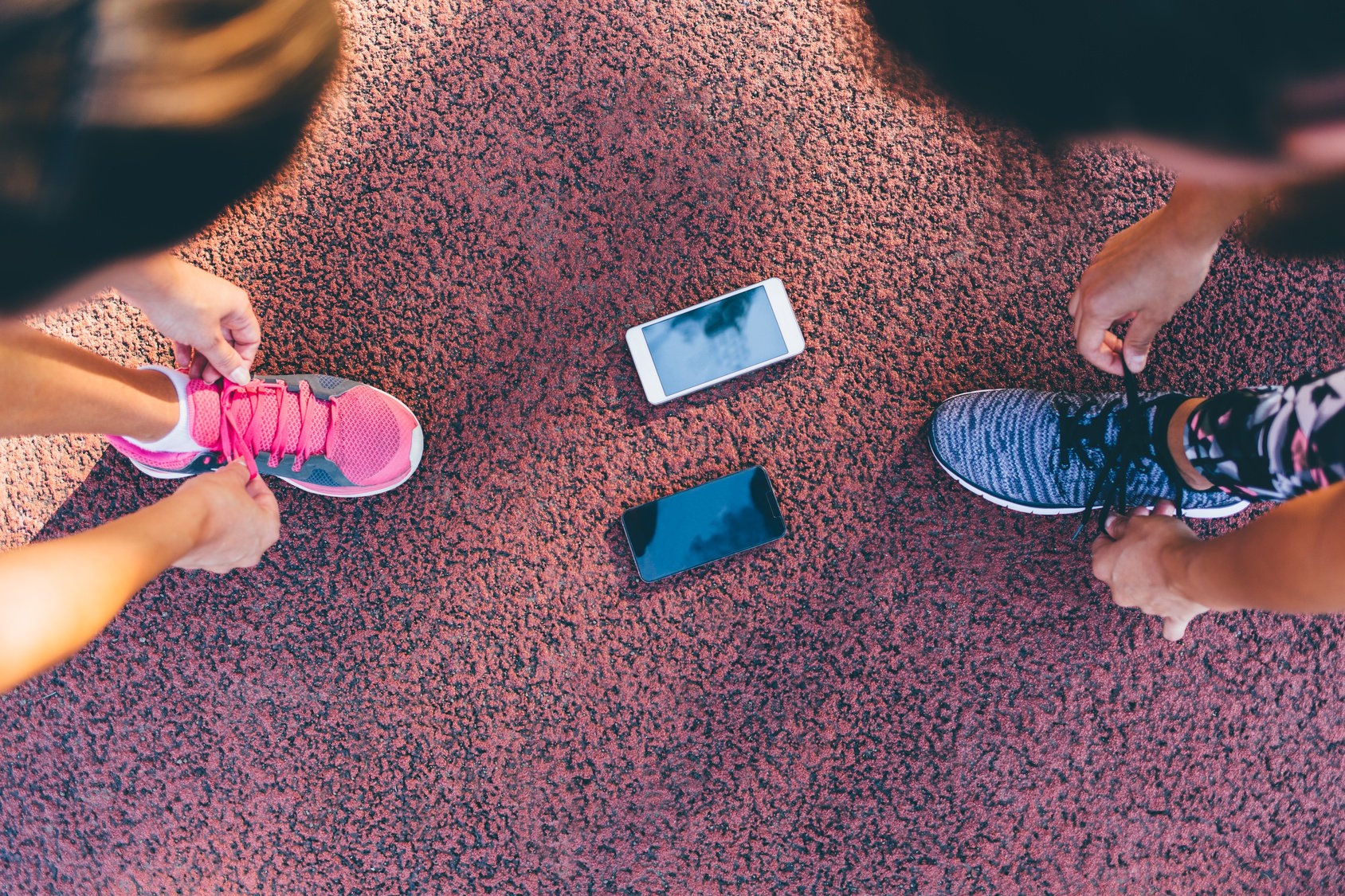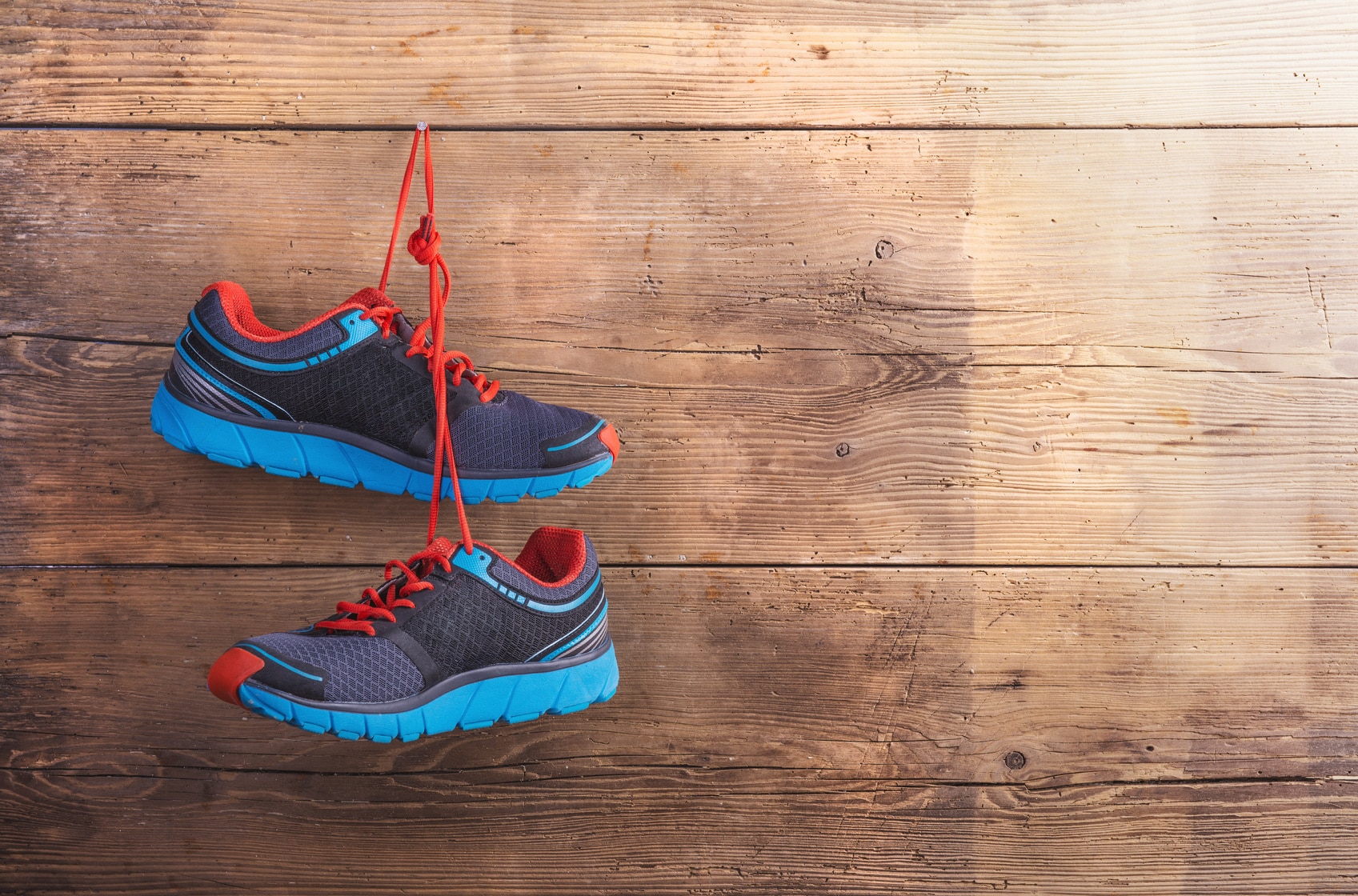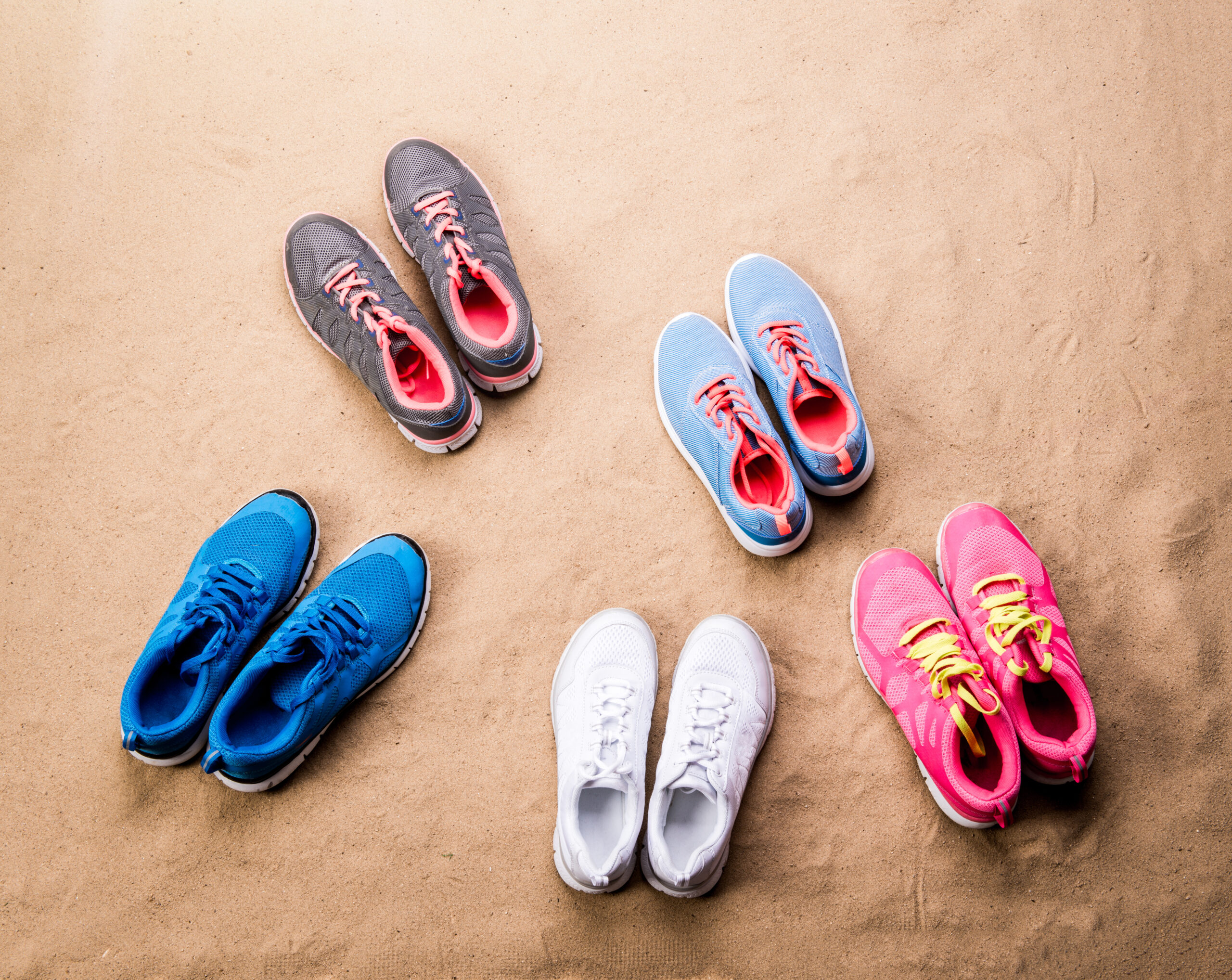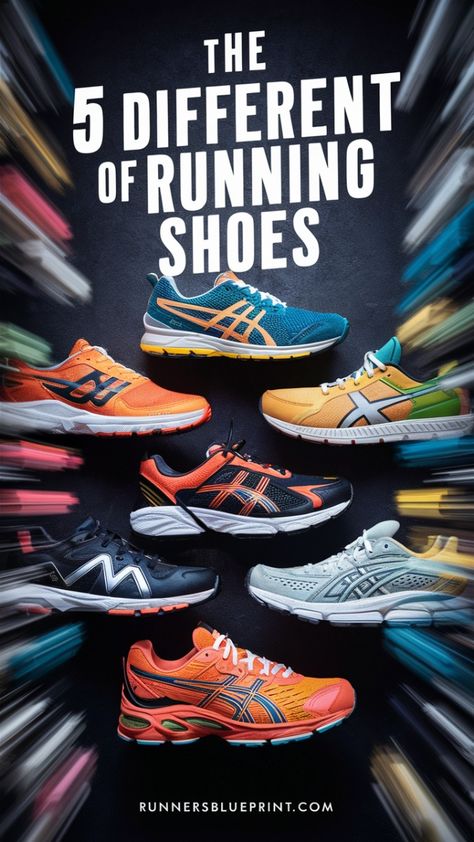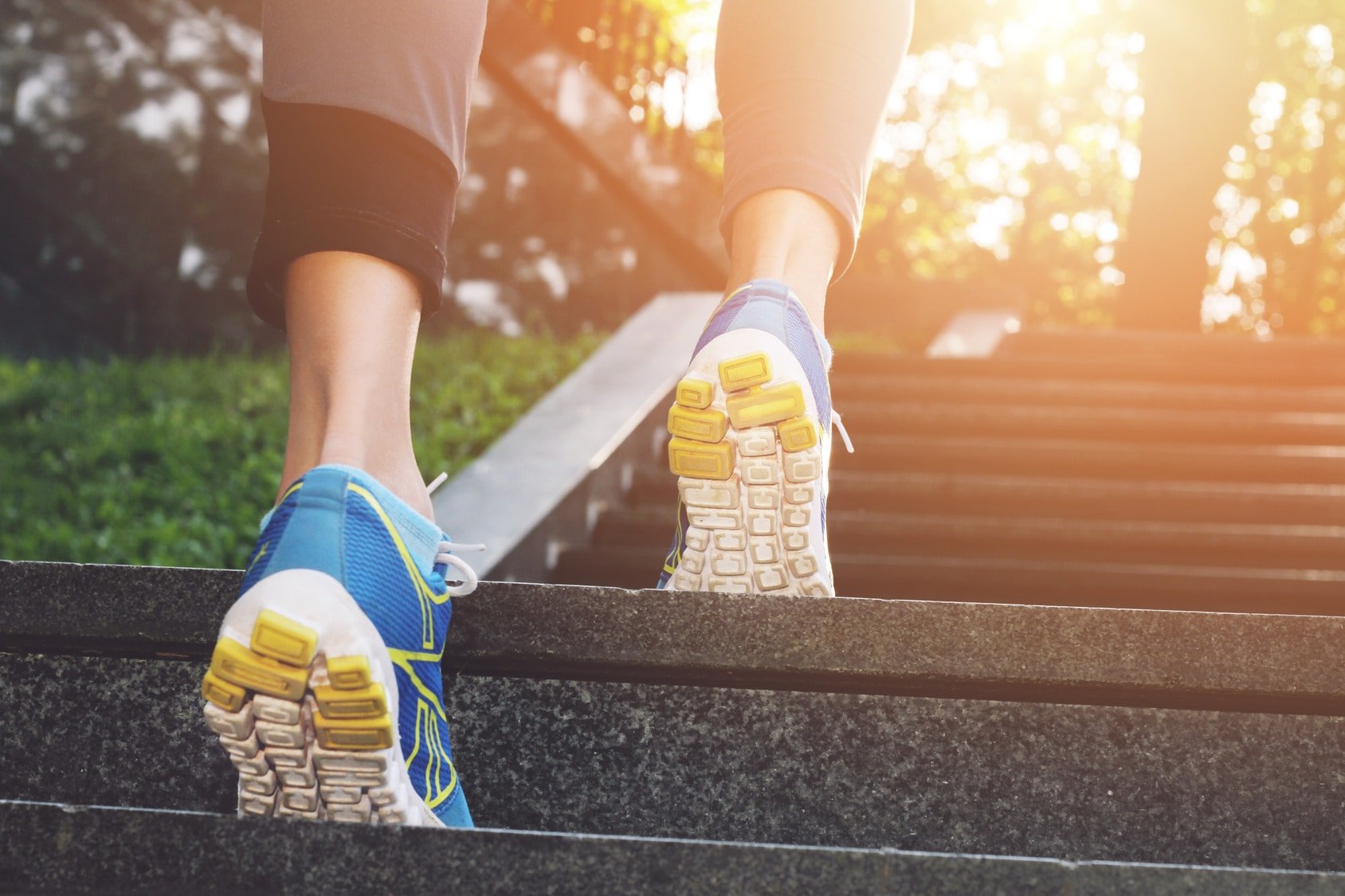Looking for the best advice on how to choose running shoes for beginners? Then this article is for you.
Whether you’re running to lose weight, or training for a marathon, proper running shoes are key.
I don’t want to scare you off from the get-go, but choose the wrong running footwear, and you risk plantar fasciitis, shin splints, blisters, black toenail, and other injuries.
Your running performance will suck, too. That’s not cool at all!
Here’s is more bad news.
With a host of price ranges, shoe types, a dizzying selection of styles and brands, trying to find a proper pair of sneakers is like looking for a needle in a haystack.
“Why things have to be this hard, David!”.
Simple: Not all runner’s needs are the same.
All sorts of things—your running style, your weight, your biomechanics, the surfaces you run on, and your running workouts—can impact shoe choice.
Not sure what all of this means?
Keep reading.
In this post, I’m sharing with you my full guide to choosing proper running shoes.
By the end, you’ll learn all you need to know about finding running shoes that fits your running needs like a perfect glove.
Let’s lace up and dig in.
The Benefits of Proper Footwear For Runners
Proof that running shoes help prevent injuries is still, surprisingly, a controversial subject in the running community.
It’s not, in fact, settled from a scientific standpoint.
But all in all, I think that shoe choice matters for injury-free and efficient training.
Let me explain.
Running shoes serve the function of protecting your feet from running’s impacts, as well as help you achieve and maintain top speed.
Problems you can avoid by choosing the right running footwear include :
- Plantar Fasciitis,
- Runners Knee,
- Knee pain,
- Ankle sprains,
- Arthritis, and
- A long list of aches, pains, and injuries.
Since you’re here reading this article, I’d bet that you also share my opinion and believe in the importance of running shoes.
How To Choose Running Shoes For Beginners
Here is the step-by-step system for choosing running shoes that suit your fitness level, body type, training goals, and personal preferences.
The Golden Rule
Guess what’s the most important factor in choosing running shoes?
To no body’s surprise, it’s actually comfort, according to a study published in the British Journal Sports Medicine.
Sure, comfort is subjective as it means different things for different runners.
It’s also not easy to measure nor to keep track of.
But, as far as I can tell, here’s what it means for me.
The ideal running pair should feel like a part of your foot, smoothly matching your specific biomechanical needs.
It’s a mismatch when it’s not the case.
That’s why I always urge my readers and running friends to try different sizes, brands, and models until they find that one that just “clicks”.
Now we got that out of the way, how do you make sure, really sure, that a shoe has passed the comfort test?
Other than running in it for a few weeks, ask yourself the following questions:
- How does the pair feel on initial contact?
- How well does it transition?
- How flexible is the shoe?
- Do you feel any rubbing/abrasion inside of the shoe or at the back of the heel?
If your answers are nothing but positive, you got yourself a winner. Congratulations!
Go to a Specialty Running Store
When looking for new running shoes, get them from a local specialty running store instead of a wholesale sporting goods store or online.
In general, special running stores hire professional staff who understand shoe construction and are experts in matching foot type and mechanics to running footwear.
This is exactly the kind of assistance you’ll need to find the right sole-mate.
Keep in mind that this whole shoe fitting process takes time, at least a half an hour.
Don’t feel rushed into making any decision.
Here’s your guide to running shoe brands.
Questions to Ask. Answers to Look for:
Once you’re in the store, be prepared to answer a long list of questions as honestly as possible.
Some of the questions include (but not limited to).
- What are your preferred running surfaces?
- What is your foot type?
- What is your gait type?
- Planning to do any trail running?
- Do you have any history of lower limb injury?
- When was it the last time you got injured?
- What are your common pains and sore areas?
- Are your feet slim or wider than normal? (sometimes they will simply ask feminine or masculine type)
- What brand, or type of shoe, have worked for you in the past?
- How many running workouts you do per week?
- Are you a forefoot striker or a heel striker?
- Do you do any sort of speedwork, faster running?
- What is your average weekly mileage?
- Are you looking for conventional or minimalist shoes?
- How much do you weigh?
If you don’t get asked some of these questions, know that you’re getting the wrong help.
Remove yourself from the premises immediately, and look for your shoes somewhere else.
That store doesn’t care about your needs; they just want to make more sales.
Additional resource – Guide to insoles for running shoes
Leave Breathing Space
As a rule of thumb, have at least a thumbnail’s width distance from the tip of the big toe—usually the longest toe—to the end of the shoe.
You should be able to play the piano with your toes.
If it’s not the case, then go up one size.
Remember that one shoe size is about 1/3 inch.
So do your math.
Also, your heel shouldn’t slip out when you walk or run.
What’s more?
Try on the new shows with any orthotics or inserts you plan to use while logging the miles to ensure that it can comfortably accommodate any add-ons.
Additional Resource – Here’s how to break in new running shoes.
Not All Feat Are Created Equal
Your right and left feet are of slightly different shapes and sizes, with one—usually the dominant one—larger than the other.
This is the reason you need to have both of your feet measured.
What’s more?
Foot size changes over time and one model can be significantly different from another, so go by what feels most comfortable, not by your “standard size.”
I’d recommend that you measure your feet for length and width at least twice a year, or whenever trying new running shoes.
You should also do this in the evening as feet tend to swell after prolonged sitting or standing.
Test Out Running Shoes
A common mistake I see beginners make is trying to cram the feet into the shoe.
That’s the wrong approach.
A shoe has to conform the shape of your feet—and anyone who tells you otherwise is lying to you.
Again, some Salespeople just want to make a commission—they don’t care about your needs.
I understand. Everyone has to make a living, but not on the back of my running comfort.
Sorry!
I’d recommend that you test out the shoe on the in-house treadmill.
Most specialty running stores provide this “free” service.
Not possible?
At the very least, ask the staff if it’s all possible to take a lap around the store or the block.
As a rule, test out four to five pairs from different models and brands and ranging in price from $75 to $110.
Don’t get fixated on just one brand—loyal consumers can be, sometimes, dumb consumers.
Additional resource – Here’s the full guide to running shoe anatomy.
Get Quality Shoes
Quality running shoes are made from superior materials that will last you longer and provide maximum support and protection.
Try to save money on poorly made shoes, and you’ll end up having to replace them sooner than planned.
These shoes won’t also offer much in terms of support and protection.
So how much?
Mid-range shoes do the trick for me.
Expect to invest at least $80 to $100 on these.
Think of this an investment in your fitness and health.
Good running shoes are worth their weight in gold if you ask me.
I cannot manage without them—neither can you.
So don’t skip.
Additional resource – Running Shoes Vs. Cross Trainers

How to Find a Cheap Pair
“Yes, David, your tips seem to fine and dandy, but good running shoes are pricey, right?
Yeah, no.
The most expensive shoe in a store doesn’t mean it’s the best option.
But, most importantly, there are many things you can do to find cheap options.
For starters, go for last year’s version of a mid or top-range shoe.
The differences won’t be that important, but you’ll, at least, get a top-shelf pair for a fraction of the price.
You can also look for bargains. Some of the places to check out when shopping for running shoes are department stores and outlet malls.
Most shoe retailers, including Nike, Adidas, and Brooks, have homes at these outlets, which means you can get your hands on those expensive pairs at a discount.
These stores also prefer to move products quickly, so they often discount the slow-selling items, such as running shoes, as well as semi-annual sales they’re always advertising.
Getting your shoes online is another option.
According to the analysis of prices from 41 online retailers conducted by RunRepeat.com, getting your shoes on, one can save you about 40 percent.
That stands for roughly $40.
Of course, this option only when you already know your feet really well.
Here are a few of my favorite shoe websites:
- Zappos –offers a wide range of running shoes with free shipping and returns.
- ShoeKicker—this handy website helps you pinpoint the lowest possible prices on shoes in one place.
- Shoebuy –comes with a price-match guarantee, meaning if you could find a better deal on another website, they’ll refund you 100 percent of the difference.
Additional resource – Running shoes for plantar fasciitis
Part 2: Determine Your Arch type
The above tips should help any beginner find proper running shoes, but if you’re looking for more advice, especially technical advice, or just want to be a self-proclaimed expert on running shoes (just like me), then the rest of this article should get you started on the right foot.
Let’s nerd out a bit.
Warning: Arch type and running gait can be a part of the shoe fitting process, but they are not the ultimate measuring stick.
If you feel like you’re being pushed into a buying a certain shoe to control your pronation, or whatever, then think twice.
Comfort first!
Mine unlike yours and yours, unlike mine.
Arch Type In Runners Explained
When you hear people talking about foot arch, they’re mainly referring to the height of the medial arch, which tends to differ from one person to the next.
See picture.
The Foot Type Tests You Need
To determine your foot type, you can do any of the following:
- Have a podiatrist assess your foot type.
- Check the wear patterns on the soles of a pair of worn-in shoes.
- Or, perform the “Wet Test.” Highly recommended.
The Wet Test For Finding Foot Type Explained
The “Wet Test” is not the most accurate arch type test, but it’s a good start, and a convenient, free, way to figure out your arch type.
Here is how to how to do it:
- Dip your foot in the bowl of water for a few seconds,
- Stand on the paper bag to show an imprint.
- Take a look at the imprint that your foot left on the brown paper bag
- Compare the imprint to the images below.
Foot Types
There are three main foot types based on the height of the medial arch.
Here there are, along with the corresponding recommended running shoes.
Additional Resource – Overpronation vs Underpronation
The Flat Arch Type
Roughly 20 percent of the populace falls into this category.
As you can see from the image, these have very low or non-visible arches. In fact, flat feet imprints display the entire sole of the foot.
In theory, having flat feet might present some serious trouble for runners, increasing the risks of heel pain, arch pain, and plantar fasciitis.
The Best Shoe?
Motion-control shoes and stability shoes.
The Medium Arch Type
Approximately 60 percent of the general population falls into this category.
The medium arch is the ideal type as it is flexible and can help you absorb a lot of impact while running.
For the most part, runners with a medium arch tend to be neutral or may overpronate on some occasions.
Also, having a medium height arch that naturally supports body weight is a sign of biomechanical efficiency, but it does not necessarily mean that they are injury-proof.
Additional resource – Running shoes for overpronators
The Best Shoe?
If you fall into this category, lucky you for because a broad range of shoe options is available, but stability shoes still the best.
You can also go for a minimalist shoe if minimalist running is something you want to try.
The High Arch Type
If your arch type belongs to this category, then your feet may pronate enough to absorb the maximum amount of shock.
Research has linked having a high arch with stress fractures, and heel pain issues since this type of foot tend to be less flexible, taking in extra impact.
Best Shoes
Runners with a high arch often, but not always, require shoes with extra cushioning.
Running Gait Demystified
Once you determine your foot arch, you’ll want want to figure your running gait cycle type.
In essence, running gait is a set of unique actions and reactions that a foot performs while in motion (whether it’s walking, running, etc.) in order to provide support, balance, and shock absorption for the body.
The most important thing about running gait that you need to understand is pronation.
Pronation Explained
Pronation is part and parcel of the natural movement of the human body.
In essence, it’s the foot’s natural inward rolling for impact distribution, following the heel striking the ground during a running gait.
Getting your head around your own pronation type is one major puzzle piece in helping you pick a comfortable running shoe.
Assessing Running Gait
Here are the two options you have to determine your running gait:
The Pro Option
The best way to determine your running gait is to have your foot analyzed by a specialist using multi-angled cameras and a treadmill.
While using these special tools, the specialist can assess your gait and measure how much your foot rolls in, or rolls out.
But this is not always an option, right?
Don’t worry.
I got you covered.
Additional resource – Should you rotate running shoes
The Home Free option
You can figure out your running gait is by checking the wear pattern on the side and the sole of a used pair of running shoes.
Here’s how:
- Place a used pair side by side on a table, toes pointing away from you,
- Look at them from eye-level behind the heel
- Compare your results to the three categories below.
Running Gait Types
As a general rule, running gait falls into three broad categories: (1) neutral, (2) overpronation, and (3) underpronation.
Here’s what each means. .
Additional resource – How to measure foot size for running shoes
Running Gait—The Neutral Gait
This is the basic neutral pronation type.
If you have a neutral gait, then you might be a biomechanically efficient runner.
A neutral gait means that your ankle, knees, and hips are all in alignment, therefore, be able to absorb impact, and reduce pressure on the joints and knees.
The Ground Contact
During the neutral gait, the outside of the heel strikes the ground first, then the foot pronates to absorb the shock and support body weight.
The Test
When a pair of used shoes do not show any inward or outward tilt and/or showing signs of wear down the middle of the sole, it usually indicates a neutral gait.
Common in
Runners with medium arches, as you can already tell.
Best Running Shoes?
I highly recommend a stability shoe or neutral shoe.
Additional Reading – Your guide to the heel to toe drop.
Running Gait—The Overpronation Gait
As I have already stated, all runners pronate—to one degree or the other.
The forward roll of the foot following a foot strike helps distribute the shock of impact, reducing the risks of overuse injury in the process.
So, a little pronation is a good thing.
But a little too much can be problematic, resulting in overpronation, which is an exaggerated form of the foot’s natural inward roll.
The Ground Strike
During the overpronation gait, the foot lands on the outside of the heel, then pronates excessively inward, transferring the shock of the impact to the inner edge of the foot instead of the ball.
In theory, if you tend to overpronate, then you are risking knee pain and injury.
The Test
If the shoes have a slight or a substantial inward tilt along with signs of wear on the inside by the big toe, then you might have an overpronation running gait.
Common in
This gait type is mostly common among flat-footed and/or low arch runners.
Best Running Shoes?
The type of shoe you need depends on the degree to which you overpronate.
Stability shoes works very well for mild-overpronators.
But if you severely over-pronate, go for motion control running footwear.
Additional resource – How to recycle old running shoes
Running Gait—The Underpronation Gait
Also known as supination, if you underpronate, then this means that your foot rolls out during a running gait.
Foot Strike
The outside edge of the heel strikes the ground at an increased angle but does not roll inward during the gait cycle.
This causes a massive transmission of shock through the lower limbs.
This results in insufficient impact reduction upon landing, putting a lot of pressure on the leg.
Some of the common injuries among underpronators include shin splints, ankle sprains, and plantar fasciitis.
Doesn’t sounds nice, right?
Here’s the full guide to under pronation
The Test
If your shoes have a slight or a significant outward tilt along with wear patterns on the outside edge of the sole, then chances you have an underpronation/supination running gait.
Common in
Runners with high arches are likely to be supinators.
Best Running Shoes?
I highly recommend neutral shoes with adequate cushioning properties for increased shock absorption.
Measure your arch really well so you can add sufficient cushion.
Shoe Types
As I have already stated, running shoes come in many different sizes, shapes, and levels of stability.
With all that being said, here are the main types of running shoes to consider before making a purchase:
Stability Shoes
Stability shoes feature a good dose of medial support and midsole cushioning and are perfect for runners who exhibit mild to moderate overpronation.
Motion Control Shoes
If you tend to exhibit moderate to serious overpronation, then motion control shoes are what you need.
These come in with extra built-in support and flatter outsoles—the exact mix you need to ward off excessive pronation and providing sufficient stability to the feet.
Neutral Running Shoes
If you are looking for minimum medial support and maximum midsole cushioning, then neutral running shoes are the best choice.
Neutral running shoes provide a bit of medial (arch-side) support and midsole cushioning for extra shock absorption ability.
In fact, some brands of super-cushioned shoes can provide as much as 50 percent extra cushioning than standard shoes.
Barefoot Running Shoes
For the most part, most barefoot running shoes have no cushion in the heel pad.
They also come with a very thin layer of the shoe between the ground and the skin.
Just keep in mind that with this type of running shoes, you’ll be provided with the bare minimum when it comes to protection from the elements and potential risks on the ground.
Additional Resource – Here’s how to dry running shoes.
Running Surfaces And Running Shoe Choice
Oh boy!
One down and some more to come!
Another thing you need to consider—especially when it comes to making your shoes last as long as possible while providing maximum protection—is the type of terrain and/or surfaces you’ll be running on.
Here are the main running surfaces to consider along with the ideal type of a shoe for each terrain.
Classic Road Running Shoes
If you are like the majority of recreational runners out there and tend to run on paved roads, indoor tracks, and/or packed trails, then classic road shoes are all you need.
Most classic road shoes have flexible outsoles and are fortified to provide enough cushioning during repetitive strides on hard, even terrains—think paved surfaces—flat and hard surface.
Trail Running Shoes
If you trail run often, consider investing in a trail running shoe.
As the name, Trail shoes are designed for the beaten and off-road paths.
These surfaces are usually peppered with mud, roots, rocks, gnarls, and other (injury causing) obstacles.
Most trails running shoes are fortified with a much denser rubber outsoles than the standard road shoe.
They are also designed to provide better tread and superior grip, which can provide better control on softer, often slippery or uneven terrains.
Cross-trainers
If you’re in the market for a sports shoe for the gym, or CrossFit workouts, then go for cross-training shoes.
Most cross-trainers are designed to have more contact with the ground or floor.
As a runner, you’ll be doing plenty of cross-training workouts.
For that, check my page here.
It got all sorts of strength training, yoga workout, and everything in between that you need to become a well-rounded runner.
Here’s the full guide running shoes anatomy.
Take Care of Your Running Shoes
As I have explained in a previous post, running shoes are not invincible.
According to most experts, a pair of running shoes should last between 400 to 500 miles—that’s roughly four to six months for recreational runners.
Once the shoe is past this mileage range, it’s compromised and using it puts you at risk for injury.
And you don’t want that.
Luckily, there are many things you can to make the most miles out of running shoes.
In fact, take good care of them, and they’ll last much longer.
Let’s look at a few measures.
Use your Running Shoes for Running only
The average pair has a lifespan of around 400 to 500 miles.
Every trip to the grocery store, Zumba class, tacks on the miles, and eventually contribute to the downfall of your favorite shoes.
Yes, it’s an exclusive relationship!
Your running journal should keep you honest.
Here’s how often to replace running shoes.
Wash Your Running Shoes
Sure, you won’t necessarily deteriorate your shoes faster if you do not keep them clean, but you will definitely if you clean and dry them improperly.
Never put your running shoes in the washing machine.
Instead, get the dirt off the shoes by wiping them down with a shoe brush or a dry cloth after use.
Let your sneakers air dry completely instead of placing them near a heater vent or tossing them in the dryer.
Never use chlorine or peroxide to clean up.
Soak them for a moment with gentle detergent is enough.
Additional Resource – Here’s your guide to running shoes for flat feet.
Rotate Your Running Shoes often
Do not wear the same running pair two days in a row.
They need time to air out and bounce back.
By doing so, you extend the lifespan of your shoes.
So, for instance, if you’re logging in serious miles in preparation for a longer race, consider rotating two—or more—pairs of shoes during the same season.
This is also helpful for tailoring the specific shoe for the type of run.
Storing Your Running Shoes
Exposing your running shoes to extreme temperatures and elements can cause severe strain on the shoes.
Storing your shoes in your box after use, car trunk during the summer heat, or outside when temperatures are freezing is the fastest way to break them down.
Instead, store them in moderate temperature, preferably in an open area where they can air dry and breathe.
Remember, microbes living there too.
Here are are more tips on how to make your running shoes last longer.
How To Choose Running Shoe For Beginners – The Conclusion
There you have it.
The above guidelines will surely help you to find your perfect sole mate and budget-friendly.
You need to take action, and the rest is just details.
Don’t be afraid to ask the expert before you decide on your own.
In the meantime, thank you for dropping by.
Keep running strong.

